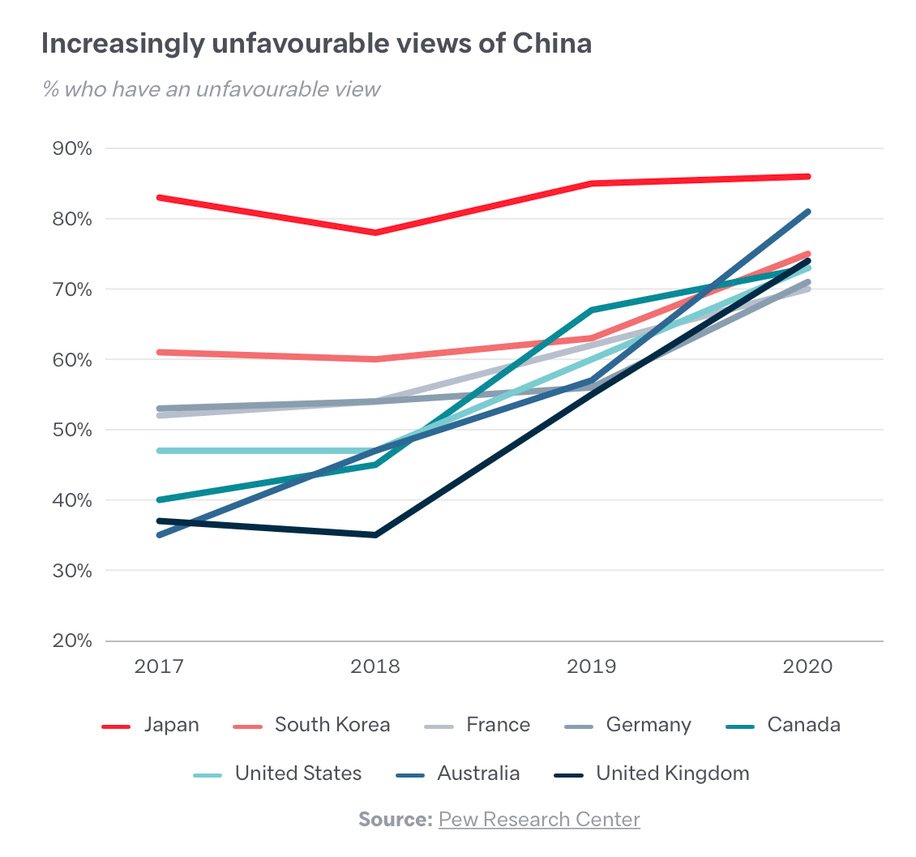
The White House just declassified its Asia strategy (or "framework"). Let's talk about the details. A thread:
1) In my view, the initial framing is wrong. The strategy aims "to maintain U.S. strategic primacy in the Indo-Pacific." But is primacy realistic? Or sensible?
1) In my view, the initial framing is wrong. The strategy aims "to maintain U.S. strategic primacy in the Indo-Pacific." But is primacy realistic? Or sensible?

2) Human rights and democracy are low priorities. The strategy explicitly seeks "primacy in the region while protecting American core values and liberties AT HOME."
Obviously, Trump did not protect our values at home. But why did they not aim to uphold key principles abroad?
Obviously, Trump did not protect our values at home. But why did they not aim to uphold key principles abroad?
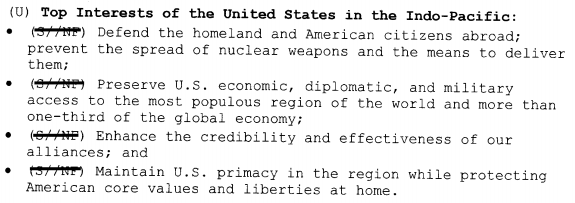
3) Most of the assumptions and end states described in the strategy are quite reasonable.
The one I would have added is that competition with China actually hinges on the alignment decisions of regional states. These "swing states" are the center of gravity and merit more focus.
The one I would have added is that competition with China actually hinges on the alignment decisions of regional states. These "swing states" are the center of gravity and merit more focus.
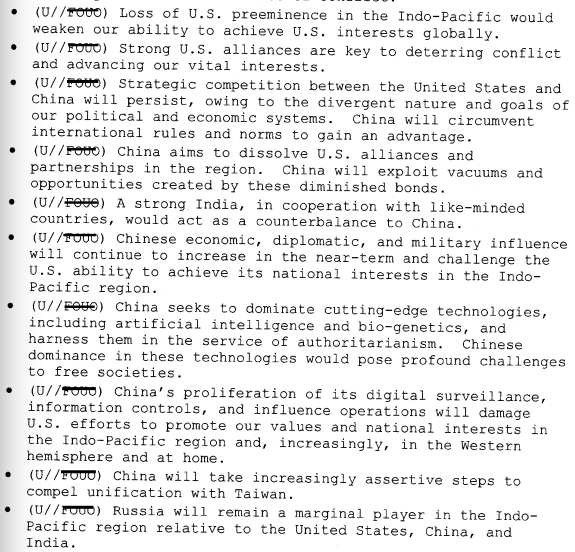
4) On India, there is a tension. The strategy rightly points to India's importance and the administration has done excellent work there.
Yet it also calls for the U.S. to have "preeminence" in the Indo-Pacific, but India to "remain preeminent" in South Asia. Which is it?
Yet it also calls for the U.S. to have "preeminence" in the Indo-Pacific, but India to "remain preeminent" in South Asia. Which is it?
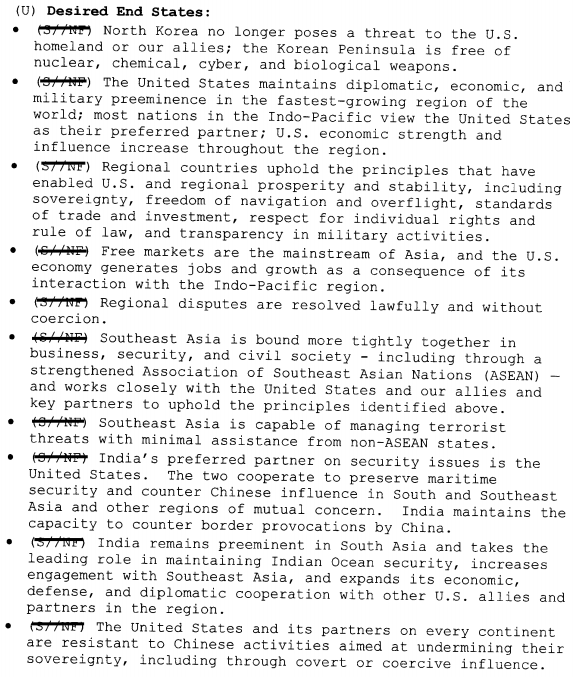
5) The military strategy to deal with China focuses on denial within the first island chain - a smart approach.
But this doesn't square with the earlier call for "military preeminence" in the region. Air/sea denial is a wise objective, but it does not equate to regional primacy.
But this doesn't square with the earlier call for "military preeminence" in the region. Air/sea denial is a wise objective, but it does not equate to regional primacy.
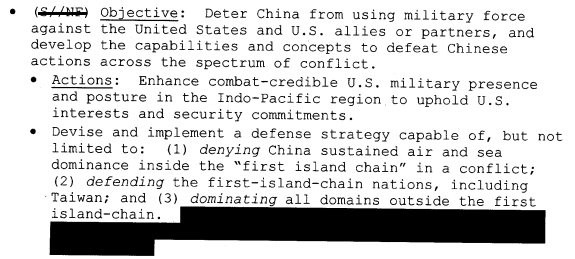
6) On Korea, the strategy promises to "consider negotiations if North Korea takes steps to reverse its nuclear and missile programs."
Of course, these reversals never happened (pauses maybe), but Trump still negotiated. Here strategy and execution diverged substantially.
Of course, these reversals never happened (pauses maybe), but Trump still negotiated. Here strategy and execution diverged substantially.
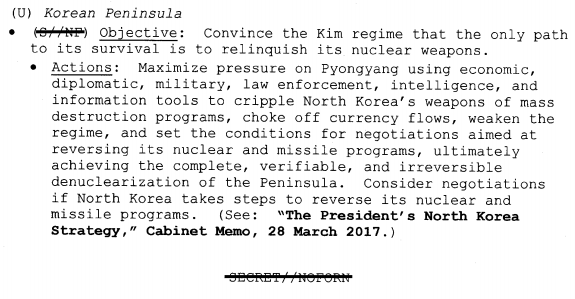
7) Southeast Asia is the last section, and from my reading of the framework it appears to be the least important.
This will not surprise many regional observers, but I think it is a mistake that reveals the central weakness of the administration's Indo-Pacific approach.
This will not surprise many regional observers, but I think it is a mistake that reveals the central weakness of the administration's Indo-Pacific approach.
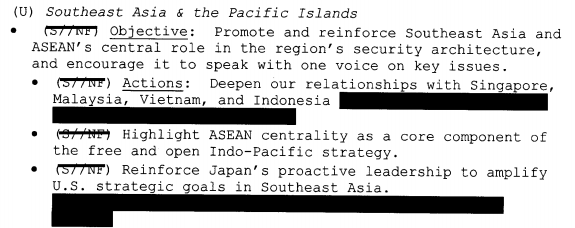
8) Bottom line: A lot of hard work went in to this strategy and there's much on which the Biden team can build.
We should have a vigorous debate about what the strategy got right and wrong, so we can improve on it in the years ahead.
whitehouse.gov/wp-content/upl…
We should have a vigorous debate about what the strategy got right and wrong, so we can improve on it in the years ahead.
whitehouse.gov/wp-content/upl…
• • •
Missing some Tweet in this thread? You can try to
force a refresh


